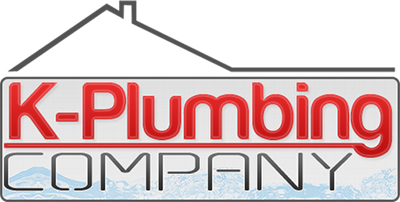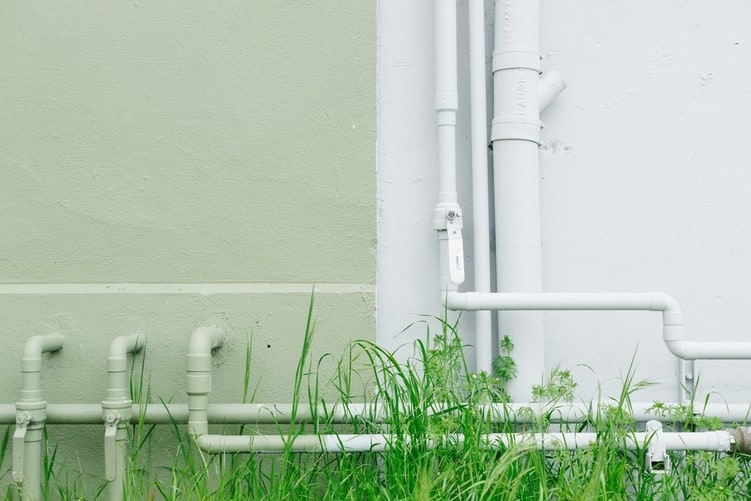Types Of Plumbing Systems
Most people are aware that any home or building’s plumbing serves two major functions. Those functions are to bring water in and then to remove it away from the property. Water that is brought in will need to be sanitary water, safe for human consumption. The water that is removed from the structure will need to cater to unsanitary waste, which is why seals and no leaks are extremely important.
Your home plumbing system has more than just one system. While it might like there are only two plumbing systems in any building, there are three that work together to give us a functional plumbing system. The three plumbing systems, including the potable, sanitary, and stormwater drainage. But what do each of these do? Let’s take a look at what the three types of plumbing systems do for your home or commercial building.
What Are Potable Water Plumbing Systems?
The potable water system is essential. It is what brings water in. There are two different methods in which a home can get a freshwater supply. These can be either on a city, community water line, or it can derive water from a well.
For city water, there is a main, in which your home or building will connect to. There will be a valve on the water main specific to your property and can be shut off when doing significant work to the plumbing lines, or if there is a non-payment on the water bill. A meter is used outside the property attached to the water main, to calculate water usage.
From the water main, there is a large, single pipe that will bring fresh water to your structure. From here, all the fixtures will need to be attached to receive water. The network of pipelines is intricate and will run throughout the home or building.
What Is A Sanitary Drainage System?
Most people are familiar with the sanitary drainage system, but probably call it by another name, like the sewer or septic system. The clean drainage system is how waste is removed from the property and is an essential part of any plumbing planning. Having freshwater enter the home is only half the battle. If you are unable to get rid of it effectively, we’d be back in the 1800s collecting waste into buckets and throwing it in the streets. By today’s standards that sound barbaric, and with the invention of a sanitary drainage system, the practice does seem unfathomable.
What’s different about the sanitary drainage system, versus the freshwater system is that there need to be vents placed. Because of the contents of the drain, often fecal matter and other human waste, there needs a venting system too. These allow gases to escape and not build pressure. Depending on the type of system your home has, septic or city sewer will determine where the wastewater ends up for purification.
What Is A Stormwater Drainage System?
The first two plumbing systems are the best thought of when discussing a building’s plumbing. However, the third type, stormwater drainage systems are just relevant. If you don’t remove rainwater from the property effectively, you could damage the foundation, cause the property’s foundation to erode or slide. The foundation, being a vital part of every structure, needs to be intact, free from cracking or movement.
Older homes had simple methods for getting rid of stormwater, and that was to collect it in the sanitary drainage system. Today’s homes feature elaborate gutter systems and drain to remove excess water safely.



